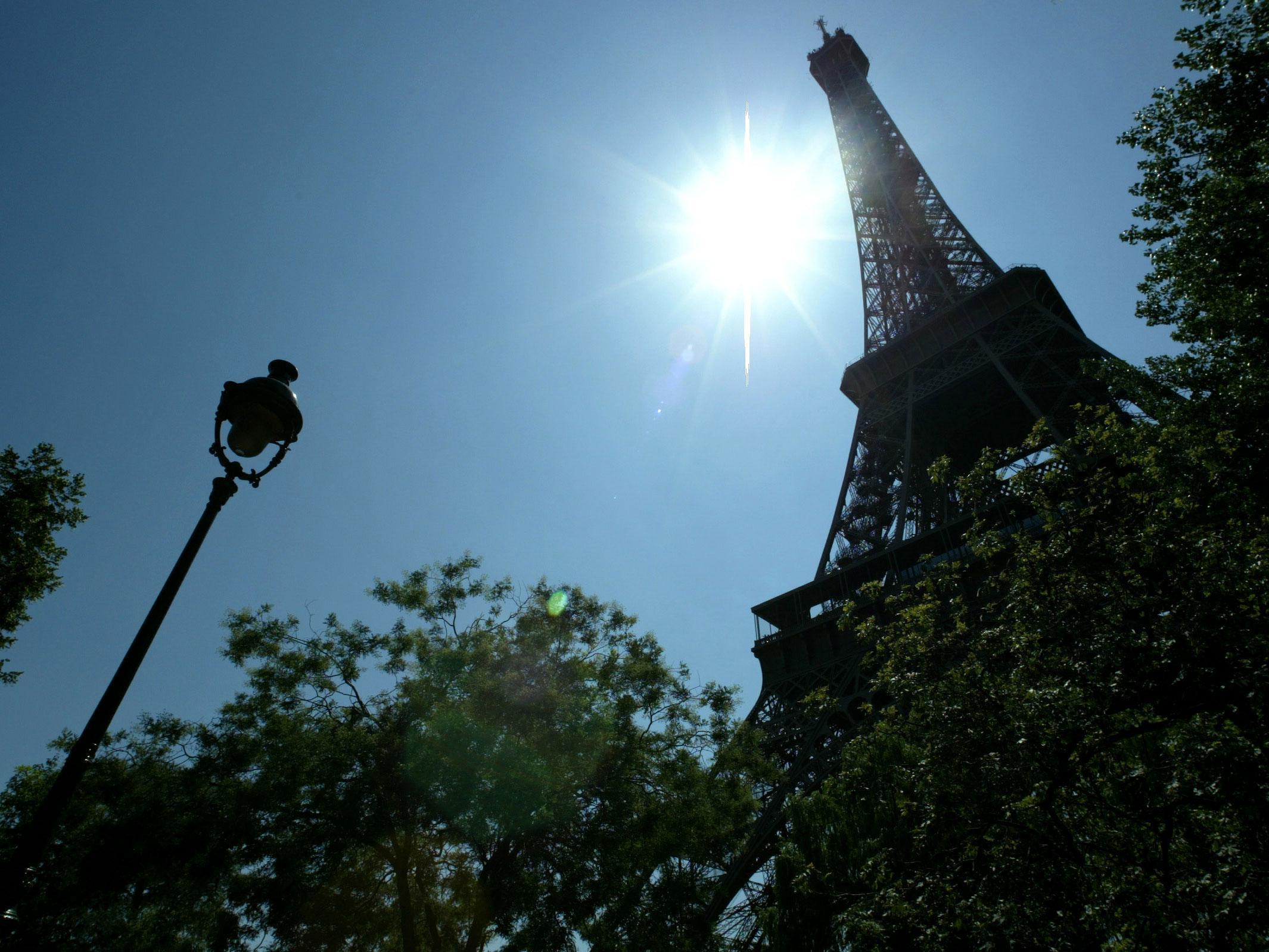France could face 'mega-heatwaves' of more than 50C by 2100, warn researchers
The record-breaking heat of summer 2003, when mortuaries over-flowed with bodies as 15,000 people died, may be only a taste of things to come

In France in the summer of 2003, so many people died that the mortuaries over-flowed with bodies and refrigerated lorries had to be used instead.
The cause was the country’s worst-ever heatwave, which saw temperatures hit a record 44.1°C in Conqueyrac, near Montpellier in southern France. Some 15,000 deaths were attributed to the searing heat, which also killed another 9,000 across Europe.
However, according to a new study, the heatwaves of the future in the world’s most popular tourist destination could be much, much worse.
Trying to predict what would happen if there was a similar hot spell towards the end of this century – after decades of global warming – the researchers concluded that temperatures could “easily exceed 50°C”.
But they seemed to struggle to believe that such extreme temperatures could be reached in France, given such conditions today are associated with desert areas like Death Valley in the United States.
Writing in the journal Environmental Research Letters, the scientists said the highest summer temperatures could rise by anything from 6°C to 13°C by 2100 compared to the historic records.
“Recent decades have seen the repeated occurrence of hot summers in France characterised by intense heatwaves and daily record temperatures,” they said.
“In France and Western Europe, the 2003 summer is the warmest on record, with seasonal mean temperature anomalies of about plus 3.2°C on average across France.
“The August heatwave of 2003 is the most intense heatwave observed during the instrumental period over France and Central Europe and has therefore been called a mega-heatwave because of its exceptional characteristics.”
Using computer models, the researchers tried to work out what would happen if a similar mega-heatwave hit in 2100, when average temperatures are predicted to be significantly higher, depending on greenhouse gas emissions.
“Results indicate that record maximum value in France could easily exceed 50°C by the end of the 21st century,” they concluded.
However, they added that their results might be affected by the type of plants that grow in France, seemingly doubting their own figures.
“These extreme temperatures are experienced in desert regions, which question how realistic such projected extreme temperatures could be in France,” the researchers said.
“Apart from the potential limitations associated with [climate model] physics, the vegetation could be further investigated as it also controls the heatwave magnitude and will experience changes with global warming.”
They divided France into five regions, with the East and North seeing the largest increases to top temperatures of 12.9°C and 12.2°C respectively.
10 photographs to show to anyone who doesn't believe in climate change
Show all 10Brittany saw the lowest rise of 6.6°C, while the south-west and Mediterranean regions saw respective rises of 9.6°C and 7.7°C.
The UK Met Office’s description of the 2003 heatwave makes clear just how bad things got, making the prospect of significantly hotter weather somewhat daunting.
“More than 20,000 people died after a record-breaking heatwave left Europe sweltering in August 2003,” the Met Office said.
“The period of extreme heat is thought to be the warmest for up to 500 years, and many European countries experienced their highest temperatures on record.
“The lack of rainfall meant very dry conditions occurred over much of Europe. Forest fires broke out in many countries.
“In Portugal, 215,000 hectares area of forest were destroyed. This is an area the same size as Luxembourg.
“It is estimated millions of tons of topsoil were eroded in the year after the fires as the protection of the forest cover was removed. This made river water quality poor when the ash and soil washed into rivers.
“About 15,000 people died due to the heat in France, which led to a shortage of space to store dead bodies in mortuaries. Temporary mortuaries were set up in refrigeration lorries.
“There were also heat-related deaths in the UK (2,000), Portugal (2,100), Italy (3,100), Holland (1,500) and Germany (300).
“France requested aid from the European Union to deal with the effects. Many parts of Europe saw their temperature records broken during this summer, including the UK. A sweltering 38.5°C was recorded in Brogdale in Kent on 10 August 2003, a record high which still stands today.”
Subscribe to Independent Premium to bookmark this article
Want to bookmark your favourite articles and stories to read or reference later? Start your Independent Premium subscription today.

Join our commenting forum
Join thought-provoking conversations, follow other Independent readers and see their replies